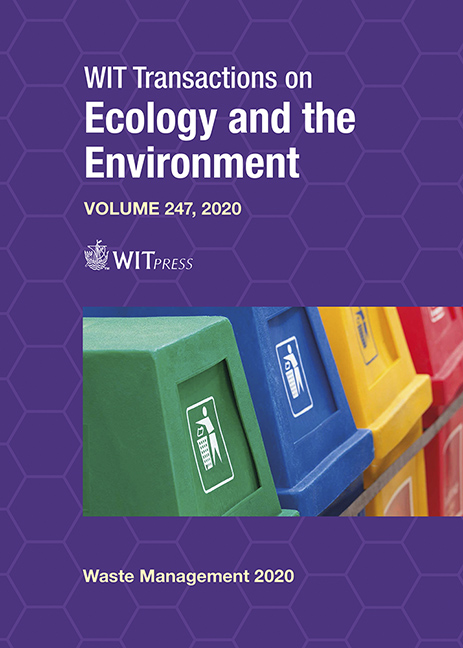PROPOSAL FOR SOCIAL INDICATORS TO IMPROVE MUNICIPAL SOLID WASTE MANAGEMENT: A PERUVIAN CASE STUDY
Price
Free (open access)
Transaction
Volume
247
Pages
11
Page Range
57 - 67
Published
2020
Paper DOI
10.2495/WM200061
Copyright
WIT Press
Author(s)
LUIS IZQUIERDO-HORNA, MIKER DAMAZO, DEYVIS YANAYACO
Abstract
The accumulation of waste in Peru has become a problem that affects the entire population and has generated the need to understand how and why this situation has developed. This situation can be described and understood through an examination of the most relevant social indicators of a very specific community. Consequently, it is necessary to understand the link between the situational reality of solid waste accumulation and the social indicators that are relevant to this process. Therefore, the main objective of this research is to contribute to the improvement of municipal solid waste management plans, specifically solid waste collection tasks. To this end, a methodological tool that focuses on the study of social indicators (e.g., age, education level, and financial income, among others) is proposed to identify the sectors most prone to solid waste accumulation. This study proposes a set of indicators that describe the economic, social, and environmental conditions of the location inhabitants and answers the questions initially posed. The district chosen for this case study is Puente Piedra. This research resulted in a set of social indicators divided into sociodemographic, socioeconomic, and sociocultural categories that can be used to forecast future tasks in sectors prone to solid waste accumulation.
Keywords
solid waste, social indicators, waste management, Peru





